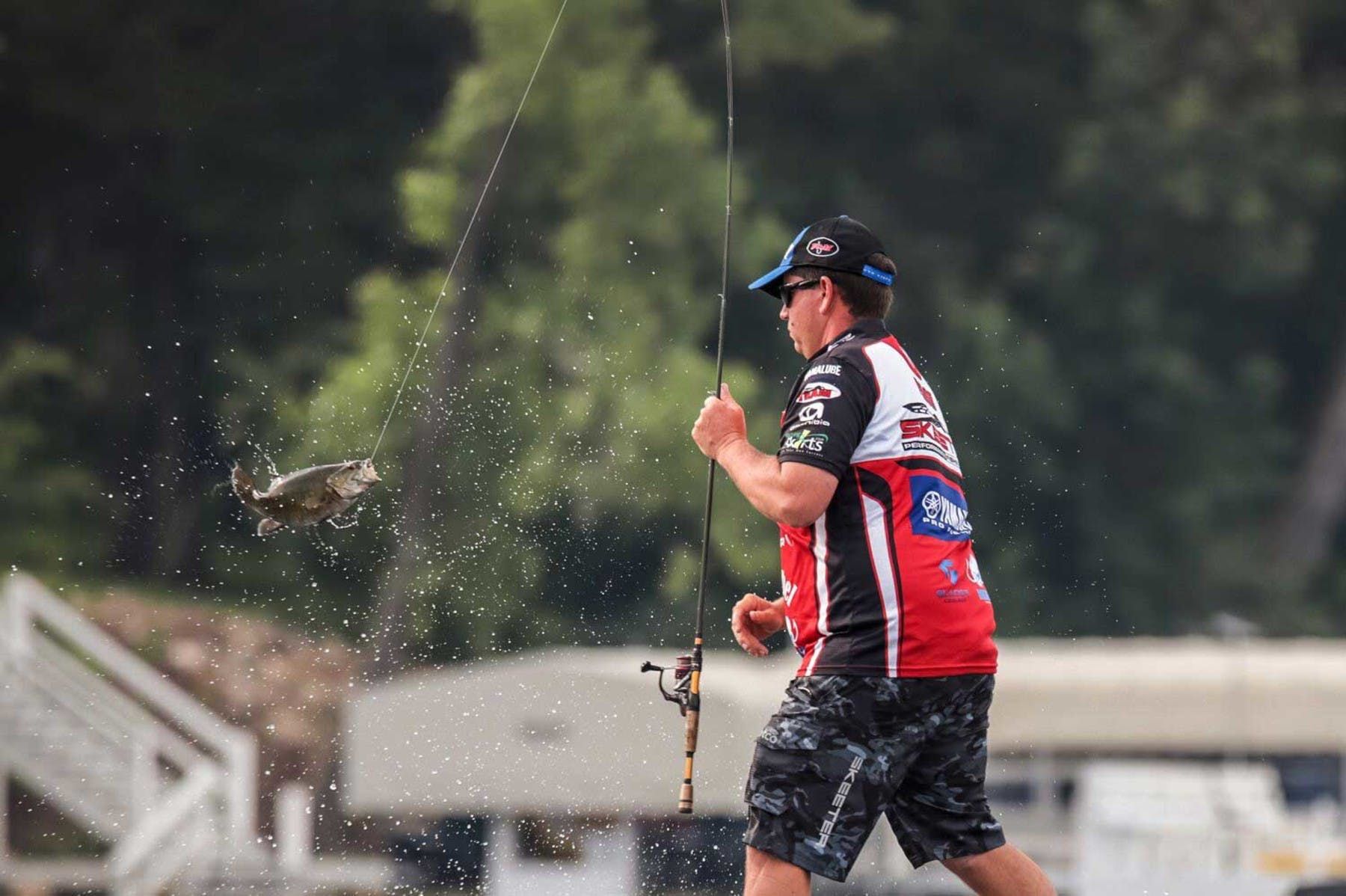Breaking Down New Waters

As exciting as they are challenging, unfamiliar bass waters require some careful research.
There’s something exhilarating about fishing a tournament on unfamiliar bass waters — new layout, new opportunities, unique characteristics. It’s a rush, for sure, but balancing the fresh feelings of possibility is the plain truth that you simply don’t know where to fish.
Even with lakes you’ve fished in the past, visiting during different seasons can present such divergence that it’s tantamount to fishing a new lake. In any case, a handful of principles will help keep you on track.
Set Realistic Goals
You can’t see the entire lake in a day, so select a reasonable section with enough diversity to provide representative sampling. Google Earth and old-fashion map study will get the ball rolling and help you identify likely areas based on seasonality.
For example spring spawning season and the fall feeding blitz turn our attention to creeks and river arms, while the weather extremes of winter and summer make the main lake habitat more attractive.
From there, consider details such as depth contours, locations of bridges, docks and marinas, etc. to dial in your plan for the day. In many cases, getting a few bites on a particular type of cover in a certain depth establishes a pattern that’s replicable elsewhere in the lake.
Bait Diversity
Covering water typically tops the tournament practice plan, so tie on a location-appropriate selection of crankbaits, jerkbaits and maybe topwaters. Some anglers remove hooks to avoid sticking fish in practice, while other scenarios make it advantageous to take a good look at who’s there. For the latter, Mustad KVD Triple Grip treble hooks will optimize your bait’s efficiency.
Along with the power fishing lineup, you’ll often want to slow down and pick apart promising laydowns, brush, etc. with craws and beaver style baits Texas-rigged on Mustad KVD Grip-Pin Soft Plastics hooks. And don’t forget the finesse elements like drop shots with your favorite skinny worm paired with a Mustad Titan-X hook, or a Mustad Elite Standup Jig Head.
Measure Your Success
Are you looking for quality bites or quantity of bites? That question is usually relevant to the lake and its historical catch data. If the lake is known as a toad factory — Okeechobee, Lake Fork, Chickamauga, Guntersville — then it’s reasonable to grade your day on the number of “big bites” you get. Conversely, on a lake where 7-pounders make the local newspapers, you should focus on establishing a plan that allows you to fill a solid limit and then go hog hunting.
Much of this depends on the lake’s species mix. For example, stocked Florida Strain largemouth bass bring a greater size expectation than native largemouth. Likewise, Great Lakes’ smallmouth typically grow much bigger than those in southern impoundments.
Don’t Burn Your Spots
This one might sound obvious, but you don’t necessarily have to catch a lot of fish to impact what you’ve found. Sometimes, simply showing the fish your bait too many times can condition them to a certain look. This, of course, varies greatly by fishery, as bass-rich waters with lower clarity are more forgiving than a clear-water lake where bites are scarce. When in doubt, back off and save your fish until derby day.